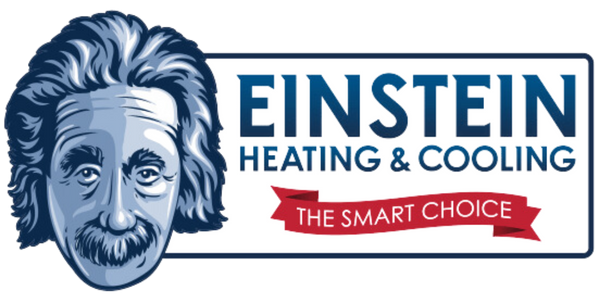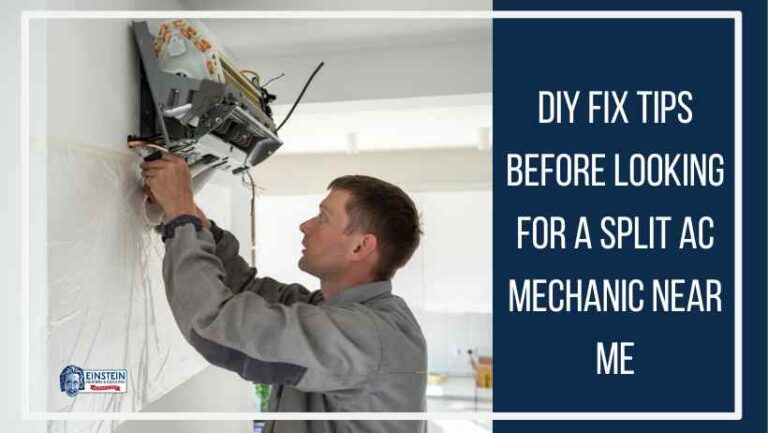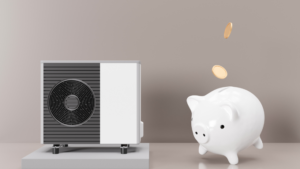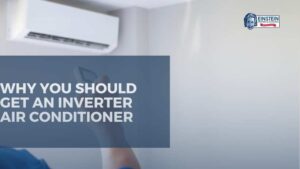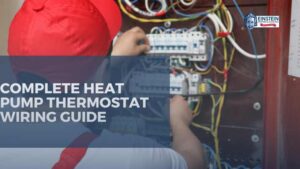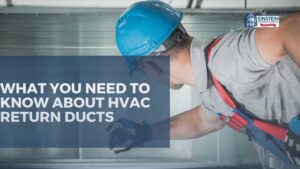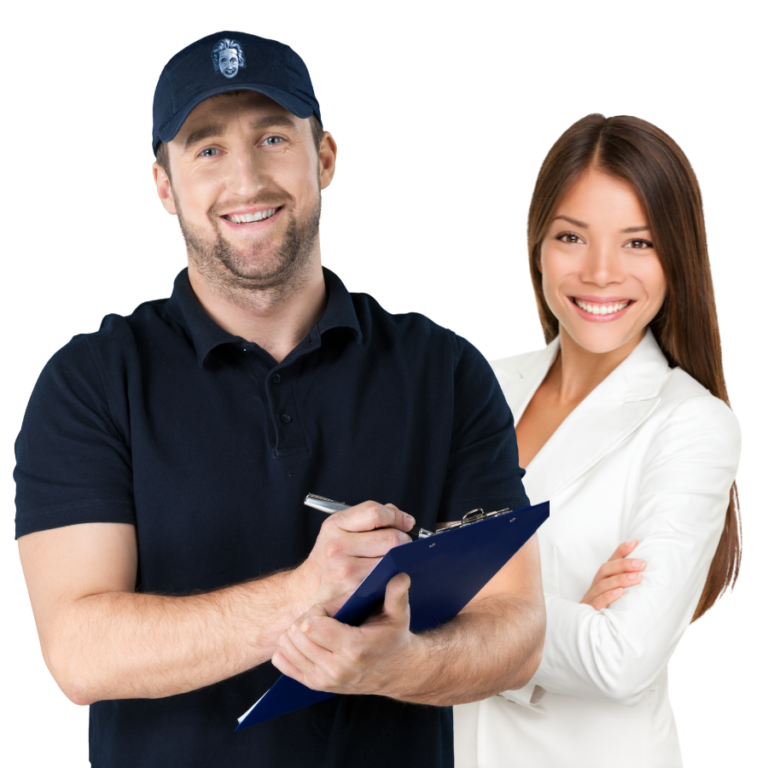As the sweltering heat blankets Phoenix, Arizona, the importance of a fully functional split AC cannot be overstated. When faced with cooling issues, instead of hastily searching for a “split AC mechanic near me,” consider undertaking a step-by-step diagnosis and potential repair process. This comprehensive guide aims to equip you with the knowledge needed to troubleshoot common split AC problems before resorting to professional assistance.
What is a Split AC?
A Split Air Conditioning (AC) system is a popular cooling solution that comprises two main components: an indoor unit and an outdoor unit. This configuration, often referred to as a “split” system, differs from traditional central air systems by allowing for more flexible installation. The indoor unit, which contains the evaporator coil and air-handling components, is typically installed inside the living space, while the outdoor unit houses the condenser coil and compressor.
How Does a Split AC Work?
The operation of a split AC system involves a cyclic process of cooling and reheating the air within a controlled space. Here’s a simplified breakdown of the key steps:
Indoor Unit Operations:
- Air Intake: The indoor unit draws warm air from the room through the return air grille.
- Cooling Coil Function: Within the indoor unit, the evaporator coil facilitates the cooling process. Refrigerant, a heat-absorbing substance, circulates through the coil, absorbing heat from the indoor air.
Refrigerant Circulation:
- Compressor Action: The refrigerant, now in a low-pressure gaseous state, is pumped to the outdoor unit’s compressor.
- Compression: The compressor pressurizes the refrigerant, causing it to transition into a high-pressure, high-temperature gas.
Outdoor Unit Operations:
- Heat Dissipation: The high-pressure, high-temperature refrigerant flows to the outdoor unit’s condenser coil. Here, the heat absorbed from the indoor air is released into the external environment.
- Expansion Valve Function: The refrigerant, now a high-pressure liquid, passes through an expansion valve. This results in its transformation back into a low-pressure, low-temperature liquid.
Repeating the Cycle:
- The cooled refrigerant returns to the indoor unit, and the process repeats, maintaining a consistent and comfortable indoor temperature.
Benefits of Split AC Systems:
Energy Efficiency:
- Split AC systems are known for their energy efficiency, allowing for precise temperature control in individual rooms or zones. This can result in lower energy consumption compared to traditional central air systems.
Flexible Installation:
- The split design of these systems offers installation flexibility. The indoor unit can be strategically placed in areas where cooling is needed, avoiding the need for extensive ductwork.
Quiet Operation:
- Split ACs are known for their relatively quiet operation. The noisy components, such as the compressor and condenser, are located in the outdoor unit, minimizing indoor noise levels.
Zoning Possibilities:
- With multi-split systems, it’s possible to create different temperature zones within a home or building. This enables personalized comfort levels in various rooms, optimizing energy usage.
Improved Air Quality:
- Most split AC units come equipped with filters that help capture dust, allergens, and pollutants from the air. This contributes to improved indoor air quality.
Enhanced Aesthetics:
- The indoor unit of a split AC is often sleek and aesthetically pleasing, blending well with interior decor. This can be especially advantageous in residential settings.
Remote Control Convenience:
- Split AC systems typically come with remote controls, allowing users to adjust settings, change modes, and control fan speeds conveniently from a distance.
How To Fix Split AC
1. Assessing the Basics
Power Supply Check
- Ensure Proper Connection: Inspect the power cord and confirm it is securely connected to a functioning power outlet. Sometimes, a loose connection might be the root cause of the problem.
- Check the Circuit Breaker: Head to the electrical panel and examine the circuit breaker dedicated to the AC unit. If it’s tripped, reset it and monitor for any recurring issues.
- Verify Indoor Unit Power Switch: Confirm that the power switch on the indoor unit is in the “on” position. This simple step is often overlooked and can save you from unnecessary troubleshooting.
Thermostat Settings
- Temperature Adjustment: Double-check the thermostat settings to ensure they align with your comfort preferences. Sometimes, a simple adjustment might be all that’s needed.
- Replace Batteries: If your thermostat operates on batteries, replace them. A low battery level can cause irregularities in the AC’s functioning.
Air Filter Inspection
- Locate and Remove Filters: Your AC can have many causes of AC problems and one of them is a dirty air filter. Find the air filters within the indoor unit and carefully remove them. Dirty or clogged filters impede airflow, leading to reduced cooling efficiency.
- Cleaning or Replacement: Clean the filters using a soft brush or vacuum cleaner. If they are beyond cleaning, consider replacing them with new ones for optimal performance.
2. Inspecting the Indoor Unit
Evaporator Coil Examination
- Locate the Evaporator Coil: Access the indoor unit and locate the evaporator coil. This component is crucial for the cooling process.
- Dust and Debris Removal: Gently clean the evaporator coil using a soft brush or a vacuum cleaner. Accumulated dirt can insulate the coil, reducing its efficiency.
Condensate Drain Check
- Clog Identification: Locate the condensate drain and inspect it for any clogs. A clogged drain can lead to water buildup and potential damage.
- Cleaning the Drain Line: If you find any obstructions, carefully clean the drain line to ensure proper water drainage.
Blower Wheel Inspection
- Identify the Blower Wheel: Locate the blower wheel within the indoor unit. This component is responsible for distributing cool air.
- Check for Obstructions: Inspect the blower wheel for any obstructions, such as dust or debris. Clear any blockages to facilitate smooth airflow.
3. Examining the Outdoor Unit
Condenser Coil Inspection
- Outdoor Unit Location: Locate the outdoor unit, typically situated outside the building. Access may require removing a cover or panel. Check if unit is properly ventilated to make sure it works properly.
- Cleaning the Condenser Coil: Gently clean the condenser coil using a coil brush. Outdoor units are exposed to the elements, and debris can accumulate, affecting performance.
Fan Blade Examination
- Inspect Fan Blades: Carefully inspect the fan blades for damage or signs of wear. Damaged blades can disrupt the airflow and strain the motor.
- Remove Debris: If there is any debris lodged in the fan blades, remove it to ensure unrestricted rotation.
Refrigerant Level Verification
- Pressure Gauge Use: Consult the user manual for your AC unit to locate the refrigerant pressure ports. Use a pressure gauge to check the refrigerant level.
- Low Refrigerant Action: If the refrigerant level is low, it indicates a potential leak. In such cases, it’s advisable to seek professional assistance.
4. Troubleshooting Common Issues
Uneven Cooling
- Vent Obstruction Check: Inspect vents for obstructions and rearrange furniture if needed. Proper airflow is essential for uniform cooling.
- Thermostat Placement: Ensure the thermostat is not placed near heat-emitting appliances, as this can lead to inaccurate temperature readings.
Strange Noises
- Fan and Motor Inspection: Carefully inspect the fan blades and motor for any loose components or visible damage.
- Lubrication: Apply lubricant to moving parts, such as bearings, to reduce friction and minimize noise.
AC Not Turning On
- Thermostat Settings Review: Double-check thermostat settings to ensure they are configured correctly. Replace batteries if necessary.
- Electrical Panel Inspection: Examine the electrical panel for any tripped breakers. Reset if needed and monitor for consistent operation.
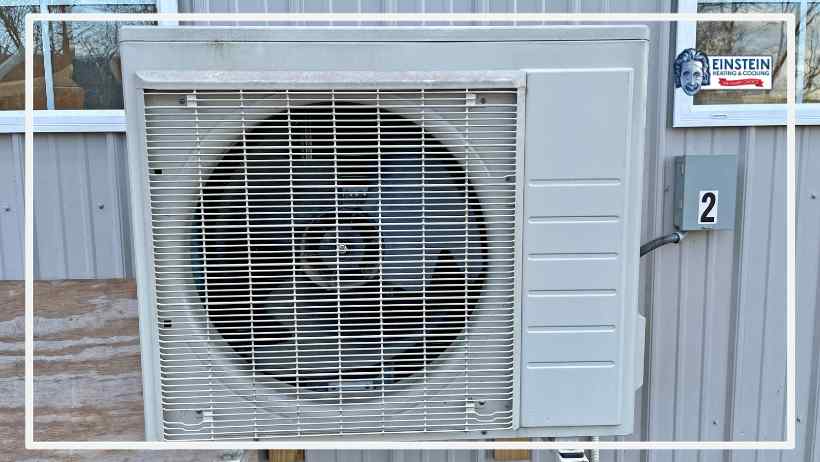
5. Knowing When to Seek Professional Help
Identifying Complex Issues
- Electrical Component Involvement: If the issue involves electrical components, it’s advisable to seek professional assistance. Tampering with electrical systems without expertise can be hazardous.
- Refrigerant-Related Problems: Issues related to refrigerant levels and leaks should be addressed by a licensed HVAC technician. Handling refrigerants requires specialized knowledge and equipment.
Considering Warranty Coverage
- Warranty Review: Refer to your AC unit’s warranty documentation to determine if the repairs are covered. Some issues may be eligible for manufacturer-backed repairs.
- Contacting Certified Service Providers: Reach out to the manufacturer or certified service providers to inquire about warranty-related repairs and procedures.
If nothing still works after DIY fixes, check with an expert HVAC technician in Phoenix.
How to Find the Best Split AC Mechanic Near Me
1. Online Directories and Reviews
Begin your search by leveraging online directories and customer reviews. Platforms like Google, Yelp, and Angie’s List provide a wealth of information about local HVAC professionals. Look for technicians, like Einstein Heating and Cooling, with consistently positive reviews, highlighting their expertise, professionalism, and the quality of their services.
2. Ask for Recommendations
Tap into your network for recommendations. Seek advice from friends, family, neighbors, or colleagues who have recently had their split ACs serviced. Personal referrals often provide valuable insights into the reliability and efficiency of local repair mechanics.
3. Check Certification and Licensing
Ensure that the AC repair mechanic holds the necessary certifications and licenses. This is crucial as it attests to their competence and adherence to industry standards. Certified technicians are more likely to have the knowledge and skills required to handle various AC models and address complex issues.
4. Experience Matters
Prioritize experience when choosing a split AC repair mechanic. An established track record indicates that the technician has successfully handled a variety of AC problems over the years. Look for professionals with a history of delivering effective and lasting solutions.
5. Verify Insurance Coverage
Check whether the AC repair mechanic has insurance coverage. Insurance protects both you and the technician in case of accidents or damages that may occur during the repair process. It adds an extra layer of security and professionalism to the service.
Conclusion
By meticulously following the steps outlined in this guide, you can undertake a comprehensive self-diagnosis and potential repair of your split AC in Phoenix, Arizona. Remember that while some issues can be resolved through DIY efforts, complex problems and those involving electrical or refrigerant components necessitate the expertise of a qualified split AC mechanic from Einstein Heating and Cooling. Striking the right balance between DIY troubleshooting and professional assistance ensures that your split AC operates efficiently, providing the cool relief needed during the scorching days in Phoenix.
